Home>Garden Essentials>What Is The Difference Between Black And White Chia Seeds
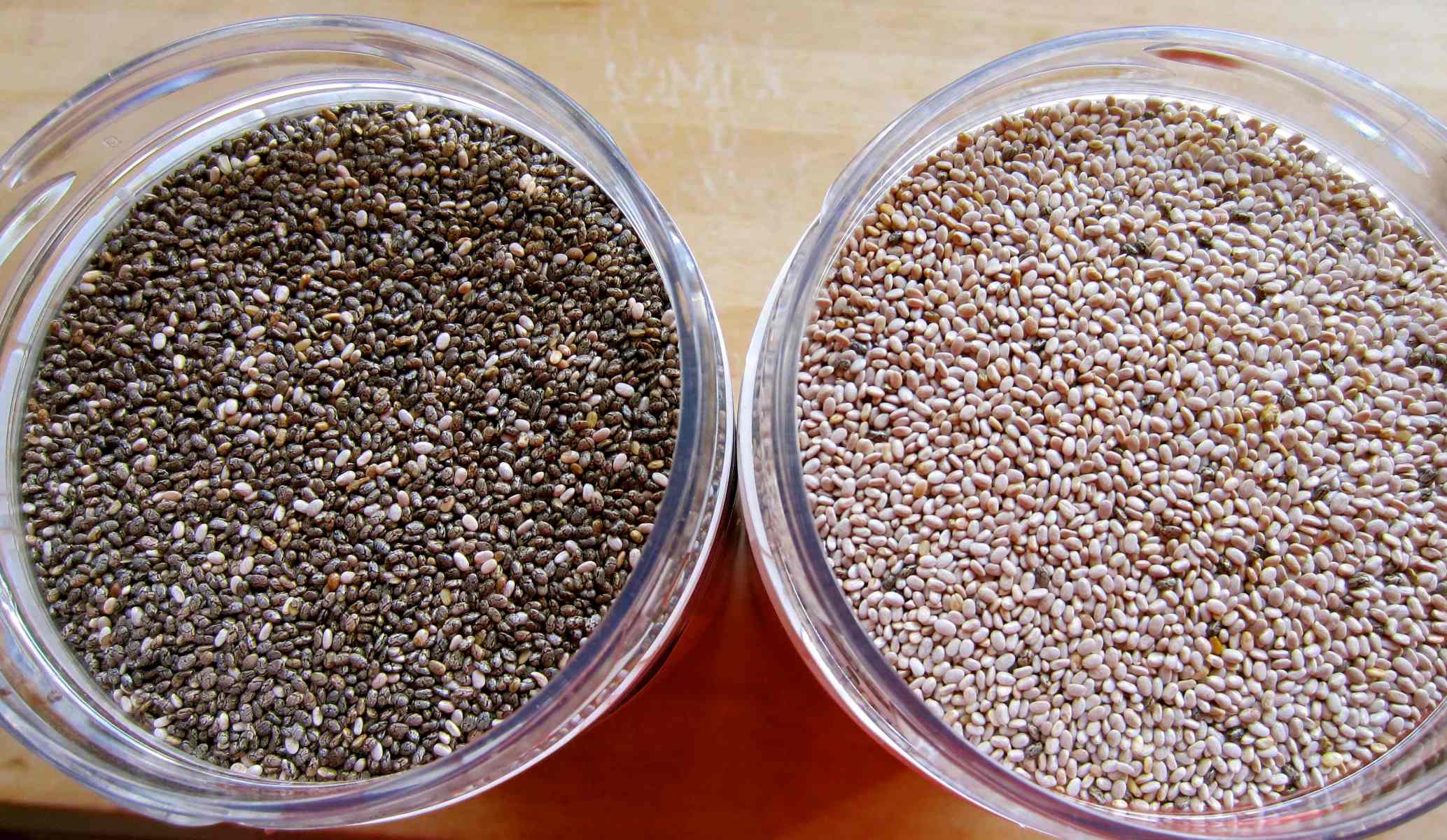

Garden Essentials
What Is The Difference Between Black And White Chia Seeds
Modified: March 16, 2024
Discover the garden's secret: the difference between black and white chia seeds. Enhance your knowledge of these nutritious powerhouses with our comprehensive guide.
(Many of the links in this article redirect to a specific reviewed product. Your purchase of these products through affiliate links helps to generate commission for Storables.com, at no extra cost. Learn more)
Introduction
Chia seeds, a superfood that has gained massive popularity in recent years, come in two common varieties: black and white. But what exactly is the difference between these two types of chia seeds? In this article, we’ll explore their origins, physical appearance, nutritional content, culinary uses, availability, and health benefits. Whether you’re a health-conscious individual or a culinary enthusiast, understanding the nuances of black and white chia seeds can help you make informed choices when incorporating them into your diet.
Chia seeds have been consumed for thousands of years and were a staple food in ancient Mayan and Aztec cultures. Today, they are known for their remarkable nutritional profile and versatility in cooking.
Visually, the most noticeable difference between black and white chia seeds lies in their respective colors. Black chia seeds are deep, dark black, while white chia seeds are light in color, ranging from ivory to pale beige. However, it’s important to note that this difference in appearance doesn’t signify a significant difference in taste or texture.
When it comes to nutritional content, both black and white chia seeds are packed with beneficial nutrients. These tiny seeds are an excellent source of fiber, healthy fats, protein, vitamins, and minerals. They are also rich in omega-3 fatty acids, which are essential for brain health and reducing inflammation in the body. Despite their small size, chia seeds provide a significant nutritional boost to any dish they are added to.
When it comes to culinary uses, black and white chia seeds can be used interchangeably in most recipes. They can be added to smoothies, baked goods, yogurt, puddings, and even used as a vegan egg substitute. The gel-like consistency that chia seeds develop when soaked in liquid makes them a popular ingredient in puddings and overnight oats.
In terms of availability and price, both black and white chia seeds can be found in most grocery stores and health food stores. Their prices may vary slightly, with black chia seeds often being slightly cheaper due to higher demand.
While both black and white chia seeds are equally nutritious and versatile, personal preference plays a significant role in their popularity. Some people prefer the visual contrast that black chia seeds provide when added to light-colored foods, while others prefer the subtle appearance of white chia seeds. Ultimately, the choice between black and white chia seeds is purely subjective.
The health benefits of chia seeds are numerous. From aiding digestion and promoting weight loss to improving heart health and stabilizing blood sugar levels, these seeds offer an array of positive effects on our well-being. However, it’s important to note that chia seeds may have potential risks and side effects for certain individuals, such as those with digestive disorders or allergies.
Key Takeaways:
- Chia seeds, whether black or white, are packed with fiber, omega-3 fatty acids, and protein, offering numerous health benefits. They can be used in a variety of recipes and are readily available in stores.
- The choice between black and white chia seeds is mainly a matter of personal preference, as both varieties offer the same nutritional value and can be used interchangeably in cooking.
Seed Origins
Chia seeds have a long and fascinating history dating back thousands of years. Originating from Mexico and Guatemala, chia seeds were a dietary staple for ancient Mayan and Aztec civilizations. In fact, “chia” means “strength” in the Mayan language, highlighting the seeds’ importance as a source of sustenance and energy.
The Mayans and Aztecs recognized the exceptional nutritional value of chia seeds and relied on them as a source of essential nutrients. These seeds were considered to be sacred and were often used as offerings during religious ceremonies. Chia seeds were also a common ingredient in traditional medicines, used to treat ailments and boost overall health.
With the arrival of the Spanish conquistadors in the 16th century, chia cultivation declined and the seeds were largely forgotten. However, in recent years, chia seeds have regained their popularity and are now widely consumed across the globe.
Today, chia seeds are primarily grown in several countries, including Mexico, Guatemala, Bolivia, Argentina, and Australia. These regions provide the ideal climate and conditions for chia plant cultivation. The plants thrive in moderate temperatures and well-drained soils.
Chia plants belong to the mint family, and they produce beautiful flowering spikes that can reach up to four feet tall. The plants develop small pods, similar in appearance to sesame pods, which contain the tiny chia seeds.
Chia seeds are harvested by hand, as the delicate nature of the seeds requires careful handling to preserve their quality. Once harvested, the seeds are cleaned, dried, and packaged for distribution.
The resurgence of chia seeds in recent years can be attributed to their exceptional nutritional properties. Health-conscious individuals and food enthusiasts have embraced these seeds for their versatility and incredible health benefits.
Overall, the origins of chia seeds can be traced back to ancient civilizations that recognized their value as a source of sustenance and vitality. Today, they continue to be revered for their rich nutrient profile and are celebrated as a superfood.
Physical Appearance
When it comes to the physical appearance of black and white chia seeds, the most obvious difference is their color. Black chia seeds have a deep, dark black color, while white chia seeds are noticeably lighter, ranging from ivory to pale beige.
Both black and white chia seeds are tiny and oval-shaped, resembling small pebbles. They have a smooth texture and are slightly larger than a poppy seed. Despite their small size, chia seeds have a unique ability to absorb liquid and develop a gel-like consistency when soaked.
Black chia seeds have a bold and striking appearance. Their black color can add a visually striking contrast when sprinkled onto light-colored foods. This contrast is often desired in dishes such as smoothie bowls, overnight oats, or desserts to create an eye-catching presentation.
White chia seeds, on the other hand, have a more subtle and understated appearance. Their light color can seamlessly blend into many recipes without altering the visual appeal. This makes white chia seeds a popular choice for those who prefer a more discreet addition to their meals.
Despite the difference in color, black and white chia seeds share similar taste and texture profiles. They both have a very mild flavor, allowing them to easily blend into various dishes without overpowering other ingredients. Chia seeds have a slight crunch when eaten dry, but when soaked in liquid, they become soft and gel-like.
It’s important to note that the color difference between black and white chia seeds is purely superficial and doesn’t indicate any significant variation in nutritional content or culinary application. Both black and white chia seeds offer the same health benefits and can be used interchangeably in recipes.
In summary, the physical appearance of black and white chia seeds varies mainly in their color. Black chia seeds have a bold and striking black color, while white chia seeds are lighter and more subtle. Regardless of their color, both types of chia seeds possess a mild taste, a small size, and a unique ability to form a gel-like consistency when soaked in liquid.
Nutritional Content
When it comes to nutrition, both black and white chia seeds are nutritional powerhouses packed with essential vitamins, minerals, and beneficial compounds. Despite their small size, these tiny seeds offer an impressive array of nutrients that can contribute to a healthy diet.
Both black and white chia seeds are excellent sources of dietary fiber. Fiber is essential for maintaining a healthy digestive system and can aid in weight management by promoting feelings of fullness. In addition, chia seeds contain a unique type of fiber called soluble fiber, which can help regulate blood sugar levels and lower cholesterol levels.
Chia seeds are also rich in omega-3 fatty acids, which are essential fats that the body cannot produce on its own. These fatty acids play a crucial role in brain health, reducing inflammation, and supporting heart health. In fact, chia seeds are one of the best plant-based sources of omega-3 fatty acids.
Furthermore, chia seeds are a great source of plant-based protein, making them an excellent option for vegetarians and vegans. Protein is essential for building and repairing tissues and plays a vital role in various bodily functions.
Both black and white chia seeds contain essential minerals such as calcium, magnesium, phosphorus, and manganese. These minerals are crucial for maintaining healthy bones, supporting energy metabolism, and ensuring proper muscle and nerve function.
In terms of vitamins, chia seeds are particularly rich in vitamin B complex, including thiamine (B1), riboflavin (B2), and niacin (B3). These vitamins are essential for energy production, brain function, and healthy metabolism.
It’s important to note that the nutritional content of chia seeds can vary slightly depending on growing conditions and cultivation practices. However, the differences in nutritional content between black and white chia seeds are negligible.
Both black and white chia seeds offer a similar nutritional profile, providing a concentrated dose of fiber, omega-3 fatty acids, protein, minerals, and vitamins. Incorporating chia seeds into your diet can be an excellent way to boost your overall nutrient intake and promote a healthy lifestyle.
Remember to consume chia seeds in moderation and as part of a balanced diet. While they offer numerous health benefits, it’s important to include a variety of other nutrient-rich foods to ensure you are getting a diverse range of vitamins, minerals, and antioxidants.
Culinary Uses
Black and white chia seeds are incredibly versatile in the kitchen and can be incorporated into a wide range of dishes and recipes. Their mild taste and unique texture make them an excellent addition to both sweet and savory dishes, providing a nutritional boost without overpowering other flavors.
One of the most common culinary uses for chia seeds is in smoothies. By adding a tablespoon of chia seeds to your favorite smoothie recipe, you can increase its nutritional content and add a subtle crunch. The chia seeds will absorb some of the liquid, creating a slightly thicker consistency.
Chia seeds can also be used in baking as a healthy alternative to eggs. When mixed with water, chia seeds develop a gel-like texture that acts as a binder. This makes them an excellent vegan or egg-free substitute in recipes for muffins, cakes, and cookies.
When soaked in liquid, chia seeds create a gel-like consistency, making them a popular ingredient in puddings and overnight oats. By combining chia seeds with almond milk, coconut milk, or yogurt and allowing them to soak overnight, you can create a creamy and nutritious breakfast or dessert with minimal effort.
Another creative way to use chia seeds is in homemade jams and jellies. The gel-like texture of soaked chia seeds can act as a natural thickener, allowing you to reduce the amount of sugar and pectin traditionally used in jams. Simply mix chia seeds with your favorite fruit and sweetener, and let the mixture sit for a while to achieve the desired consistency.
Chia seeds can also be sprinkled onto salads, yogurt, or cereal to add a nutritional boost. Their slight crunch and nutty flavor complement a wide variety of foods and can enhance both the taste and texture of a dish.
Additionally, chia seeds can be used to make homemade energy bars, granola, and even gluten-free bread or crackers. Their high fiber and protein content make them a popular ingredient in healthy snack options.
Overall, the culinary uses of black and white chia seeds are virtually endless. From smoothies and baking to puddings and savory dishes, these tiny seeds can enhance the nutritional value of any meal. Experiment with different recipes and find creative ways to incorporate chia seeds into your diet to enjoy their numerous health benefits.
Remember to always hydrate chia seeds by soaking them in liquid before consuming to maximize their nutritional potential and to avoid any discomfort when digesting.
When it comes to nutritional content, there is no significant difference between black and white chia seeds. Both types provide similar amounts of fiber, protein, and healthy fats. The choice between the two is mainly based on personal preference and aesthetic appeal.
Availability and Price
Both black and white chia seeds are widely available in most grocery stores, health food stores, and online retailers. Their growing popularity has made them a staple in the pantry of many health-conscious individuals and culinary enthusiasts.
Due to the increasing demand for chia seeds, you can now find them in various forms, including whole seeds, ground seeds, and even chia seed oil. Whole chia seeds offer the most versatility since they can be used in multiple ways, while ground chia seeds are often preferred for baking and cooking purposes.
In terms of price, chia seeds are considered relatively affordable, especially when considering their nutritional value and versatility. However, it’s worth noting that the price of chia seeds can vary depending on factors such as brand, packaging size, and location.
Generally, black chia seeds tend to be slightly more expensive than white chia seeds. This price difference can be attributed to factors such as supply and demand, as black chia seeds are often in higher demand due to their visual appeal and contrast when added to dishes.
If you’re looking for the most cost-effective option, buying chia seeds in bulk can often provide significant savings. Many health food stores and online retailers offer bulk purchasing options, allowing you to stock up on chia seeds at a lower price per unit.
When purchasing chia seeds, it’s important to check the quality and ensure that they are packaged properly to maintain their freshness. Look for reputable brands or sources that guarantee high-quality chia seeds that are free from contaminants.
It’s also worth mentioning that chia seeds have a relatively long shelf life when stored in a cool, dry place. Properly stored chia seeds can remain fresh for up to two years, although it’s recommended to consume them within a reasonable timeframe to enjoy their optimal taste and nutritional benefits.
In summary, black and white chia seeds are easily accessible and readily available. They can be found in various forms and are sold at different price points depending on factors such as brand and packaging size. While black chia seeds are often slightly more expensive, both varieties offer excellent value considering their nutritional content and culinary versatility.
Before making a purchase, it’s always a good idea to compare prices, read customer reviews, and choose a reliable source to ensure you’re getting high-quality chia seeds at a reasonable price.
Popularity and Preference
Chia seeds have experienced a significant surge in popularity in recent years, thanks to their impressive nutritional profile and diverse culinary uses. People are increasingly recognizing the health benefits of including chia seeds in their diets, leading to a growing demand for these tiny superfoods.
Both black and white chia seeds are popular choices among health-conscious individuals, but personal preference often plays a role in determining which variety people prefer.
Some individuals prefer black chia seeds for their bold and striking appearance. When added to light-colored dishes or drinks, black chia seeds create an eye-catching contrast that can enhance the visual appeal. This makes them a popular choice for smoothie bowls, puddings, or desserts, where their visual impact can be appreciated.
On the other hand, white chia seeds are favored by those who prefer a more subtle addition to their meals. White chia seeds blend seamlessly into various recipes without altering the color or visual appeal. This makes them an ideal choice for those who want to enjoy the health benefits of chia seeds without drawing attention to their presence.
It’s important to note that apart from their color, there is no significant difference in taste or texture between black and white chia seeds. Both varieties offer a mild flavor profile that doesn’t overpower the rest of the dish. They also share the same beneficial nutritional content, including fiber, omega-3 fatty acids, and protein.
Ultimately, the choice between black and white chia seeds is a matter of personal preference and aesthetics. Some individuals enjoy the visual contrast provided by black chia seeds, while others opt for the subtle appearance of white chia seeds. Regardless of the color chosen, both varieties offer the same health benefits and can be used interchangeably in recipes.
As chia seeds continue to gain popularity, their versatility in the kitchen has made them a go-to ingredient for those seeking to enhance the nutritional value of their meals. Whether you choose black or white chia seeds, incorporating these tiny powerhouses into your diet can be a simple and effective way to boost your overall health and well-being.
Experiment with different recipes, try both varieties, and see which one you prefer. Some individuals may even choose to mix black and white chia seeds together for a visually appealing combination that offers the best of both worlds.
Remember to start with small quantities when adding chia seeds to your meals and gradually increase as desired. As with any new dietary addition, it’s important to listen to your body and make adjustments based on your own preferences and needs.
Health Benefits
Chia seeds, whether black or white, offer a wide range of health benefits due to their impressive nutritional profile. These tiny seeds are packed with essential nutrients that can contribute to overall well-being and support various aspects of health.
One of the key health benefits of chia seeds is their high fiber content. They are an excellent source of dietary fiber, which promotes healthy digestion and helps regulate bowel movements. Consuming an adequate amount of fiber can also contribute to feelings of fullness, aiding in weight management and preventing overeating.
Chia seeds are particularly rich in soluble fiber. This type of fiber forms a gel-like substance when combined with water, slowing down digestion and helping to stabilize blood sugar levels. It can also help lower cholesterol levels and reduce the risk of heart disease.
Another notable benefit of chia seeds is their omega-3 fatty acid content. These essential fats are known for their anti-inflammatory properties and their role in supporting heart and brain health. Omega-3 fatty acids can help reduce the risk of heart disease, lower cholesterol levels, and support optimal brain function.
Incorporating chia seeds into your diet can also provide a significant boost in plant-based protein. Protein is necessary for the growth and repair of tissues, hormone production, and the overall functioning of the body. Chia seeds are a great plant-based protein source, especially for individuals following vegetarian or vegan diets.
Chia seeds are rich in antioxidants, which help protect the body against damage caused by unstable molecules called free radicals. Antioxidants play a crucial role in reducing inflammation and preventing the development of chronic diseases such as heart disease and certain types of cancer.
In addition to their high nutritional content, chia seeds have been associated with other potential health benefits. These include supporting bone health due to their calcium and phosphorus content, promoting healthy skin, hair, and nails, and even aiding in weight loss by promoting feelings of satiety.
When it comes to incorporating chia seeds into your diet, start slowly and gradually increase your consumption. Begin with smaller quantities and monitor your body’s response. Some individuals may experience digestive issues if consuming large amounts of chia seeds, so it’s essential to listen to your body and make adjustments as needed.
Ultimately, chia seeds can be a valuable addition to a balanced and healthy diet. Whether you choose black or white chia seeds, incorporating them into your meals can provide a nutritious boost and contribute to overall well-being.
As with any dietary change, it’s always a good idea to consult with a healthcare professional or registered dietitian if you have any specific health concerns or questions.
Potential Risks and Side Effects
While chia seeds offer numerous health benefits, it’s important to be aware of potential risks and side effects associated with their consumption. Understanding these factors can help you make informed decisions and ensure their safe incorporation into your diet.
One potential risk of consuming chia seeds is their high fiber content. While fiber is beneficial for most individuals and promotes healthy digestion, some people may experience digestive discomfort, such as bloating, gas, or stomach cramps, when consuming excessive amounts of fiber. It’s important to gradually introduce chia seeds into your diet and drink plenty of water to help prevent any digestive issues.
Chia seeds contain a moderate amount of oxalates, which are naturally occurring compounds found in certain foods. Oxalates can contribute to the formation of kidney stones in susceptible individuals. If you have a history of kidney stones or are at a higher risk, it’s advisable to consume chia seeds in moderation and consult with a healthcare professional.
Chia seeds may cause an allergic reaction in some individuals, particularly those who are allergic to other seeds or have a history of seed allergies. If you experience symptoms such as itching, hives, or difficulty breathing after consuming chia seeds, seek medical attention immediately.
Additionally, chia seeds have the ability to absorb water and expand within the digestive system. For people with swallowing difficulties or who have a compromised digestive system, such as those with a history of bowel obstruction or dysphagia, it’s important to exercise caution and consult with a healthcare professional before consuming chia seeds.
Although chia seeds are a rich source of omega-3 fatty acids, they predominantly contain alpha-linolenic acid (ALA), which the body needs to convert into the more active forms of omega-3s, such as EPA and DHA. However, this conversion process is not very efficient, particularly for those with certain health conditions or with limited ability to convert ALA. In such cases, additional sources of EPA and DHA may be necessary to meet omega-3 requirements.
It’s important to remember that chia seeds should be consumed as part of a varied and balanced diet. While they offer significant health benefits, they should not be relied upon as a sole source of nutrients or used as a substitute for a well-rounded diet.
If you have any underlying health conditions, are taking medications, or are pregnant or breastfeeding, it’s recommended to consult with a healthcare professional before adding chia seeds to your diet.
In summary, while chia seeds are generally safe for consumption and offer numerous health benefits, it’s crucial to be aware of potential risks and side effects. Moderation, proper hydration, and listening to your body’s response are key when incorporating chia seeds into your diet. If you have any specific concerns or questions, consult with a healthcare professional for personalized advice.
Conclusion
Chia seeds, whether black or white, are versatile and nutrient-dense additions to any diet. These tiny seeds have a long history, with roots in ancient civilizations and cultures that recognized their nutritional value.
Visually, black chia seeds have a bold and striking appearance, while white chia seeds offer a more subtle and understated look. However, when it comes to taste and texture, both varieties are virtually identical, making them interchangeable in recipes.
From a nutritional standpoint, chia seeds are powerhouse superfoods, packed with fiber, omega-3 fatty acids, protein, minerals, and vitamins. They offer numerous health benefits, including promoting healthy digestion, supporting heart and brain health, aiding in weight management, and providing a plant-based source of protein.
Culinary uses for chia seeds are vast and diverse. They can be added to smoothies, baked goods, puddings, salads, and many other dishes. Chia seeds can even be used as a vegan egg substitute in baking due to their ability to absorb liquid and create a gel-like consistency.
Both black and white chia seeds are readily available in stores and online retailers, with slightly varying prices. While personal preference for color may influence choice, the nutritional benefits remain the same regardless of which variety you choose to include in your diet.
As with any food, moderation is key when consuming chia seeds. Take into consideration potential risks and side effects, such as digestive discomfort or allergies, and adapt your intake accordingly. It’s also important to remember that chia seeds should complement a balanced, varied diet and not be solely relied upon as a source of nutrients.
In conclusion, incorporating chia seeds into your diet can provide a nutritional boost and offer various health benefits. Whether you opt for black or white chia seeds, enjoy experimenting with their culinary versatility and reap their potential rewards for your overall well-being.
Frequently Asked Questions about What Is The Difference Between Black And White Chia Seeds
Was this page helpful?
At Storables.com, we guarantee accurate and reliable information. Our content, validated by Expert Board Contributors, is crafted following stringent Editorial Policies. We're committed to providing you with well-researched, expert-backed insights for all your informational needs.

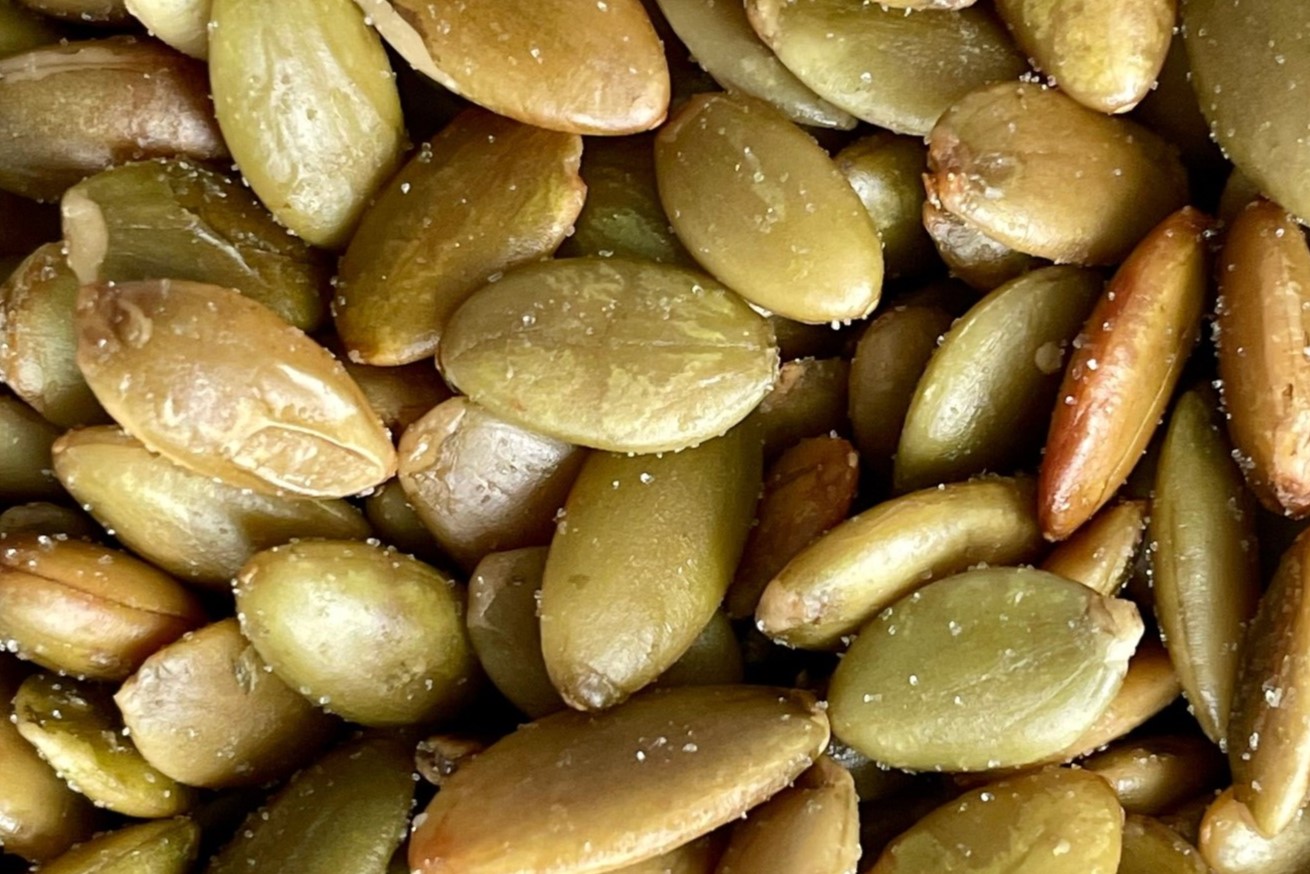
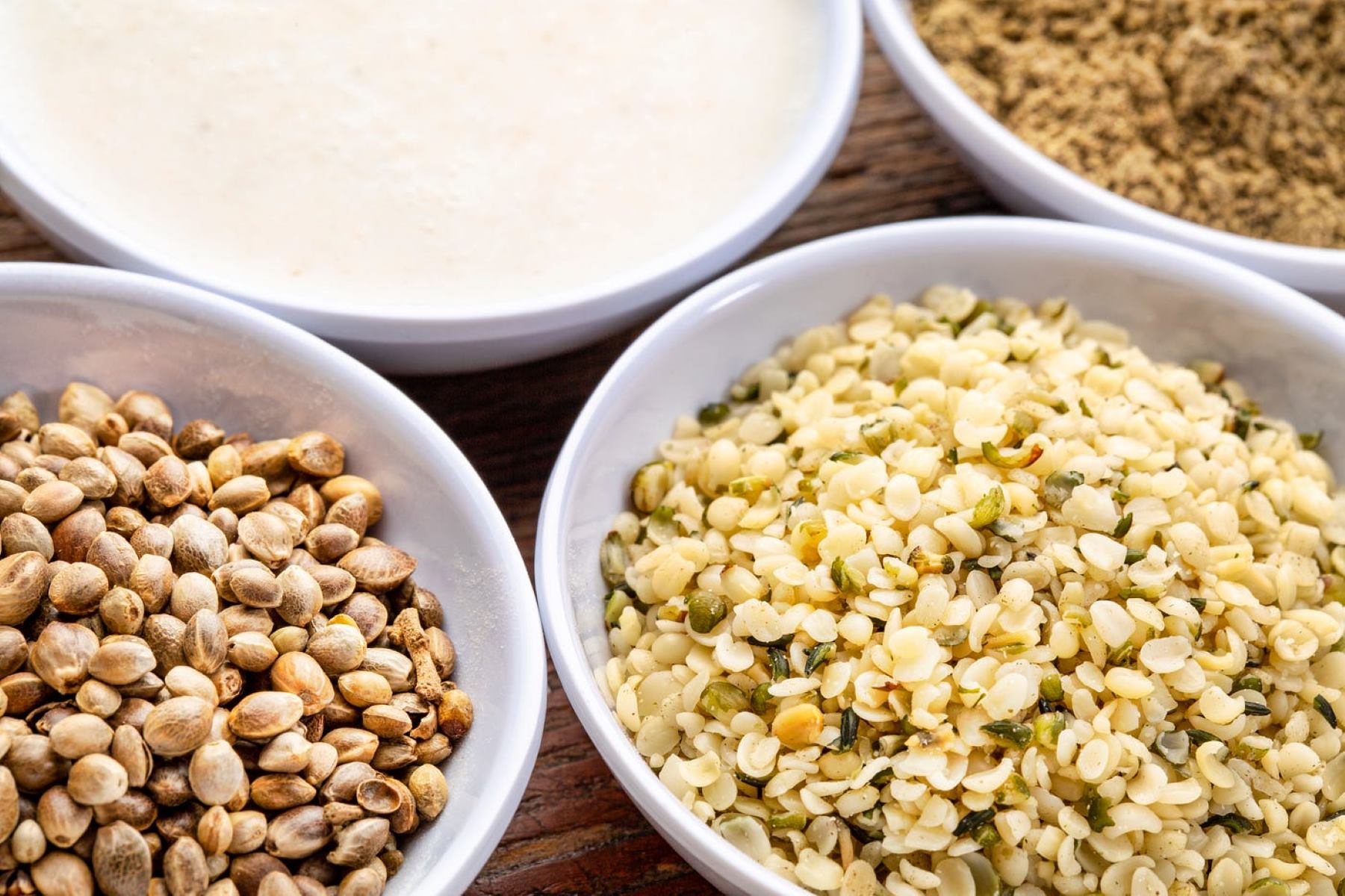
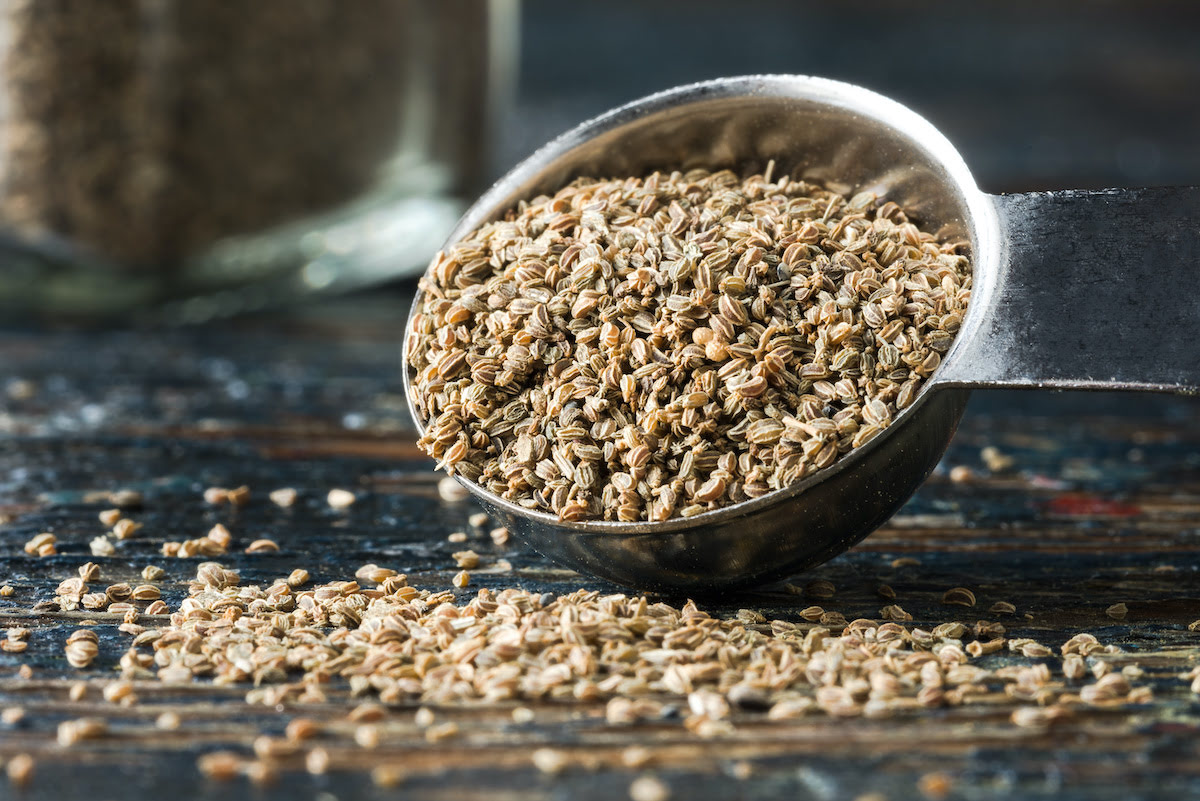
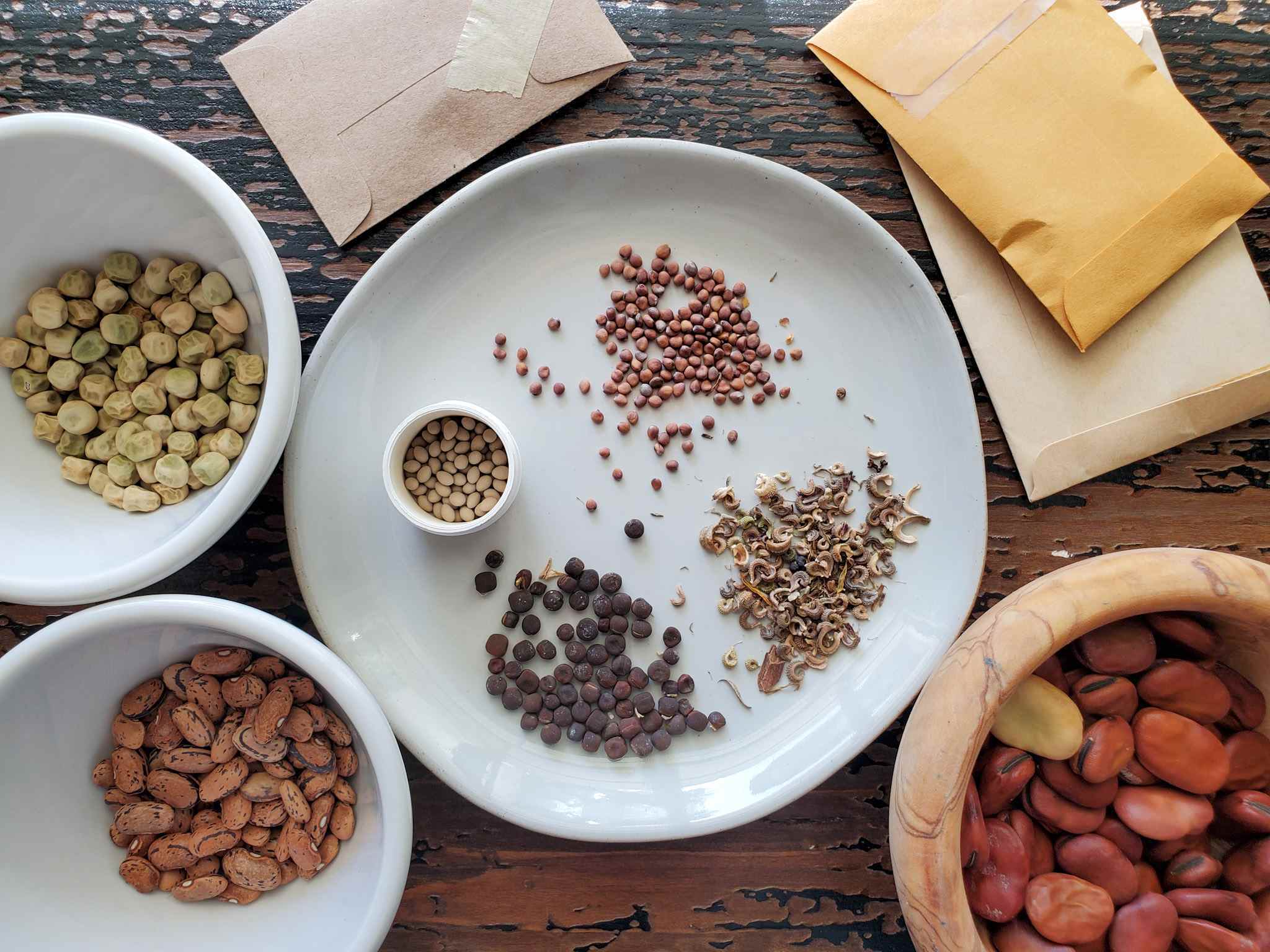
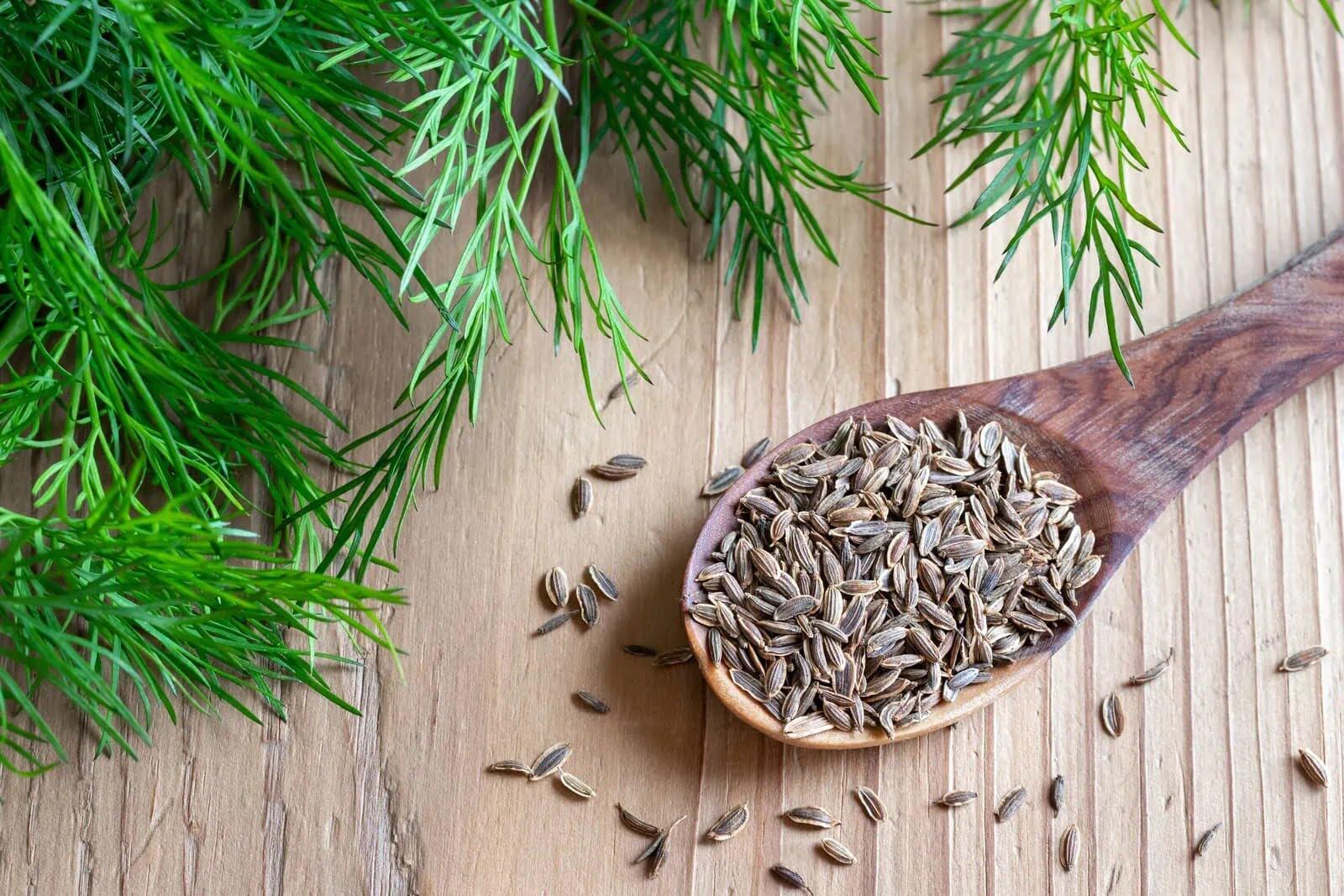
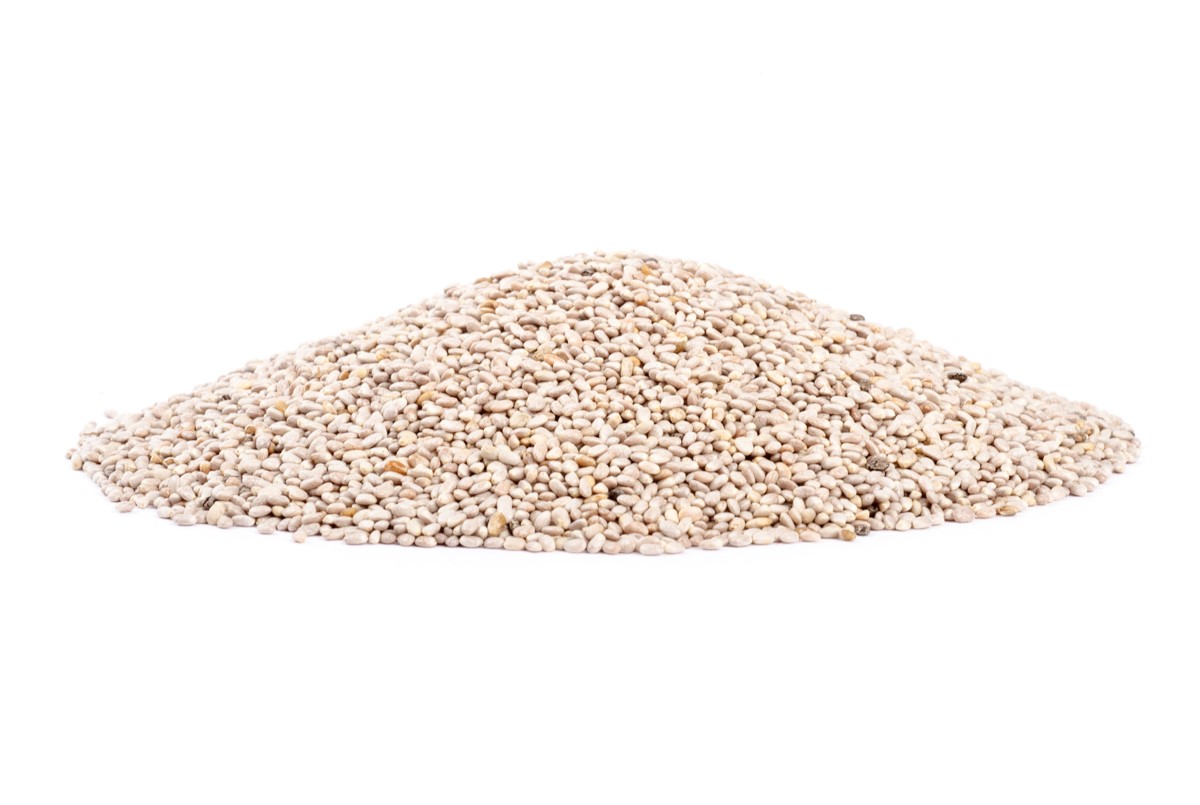
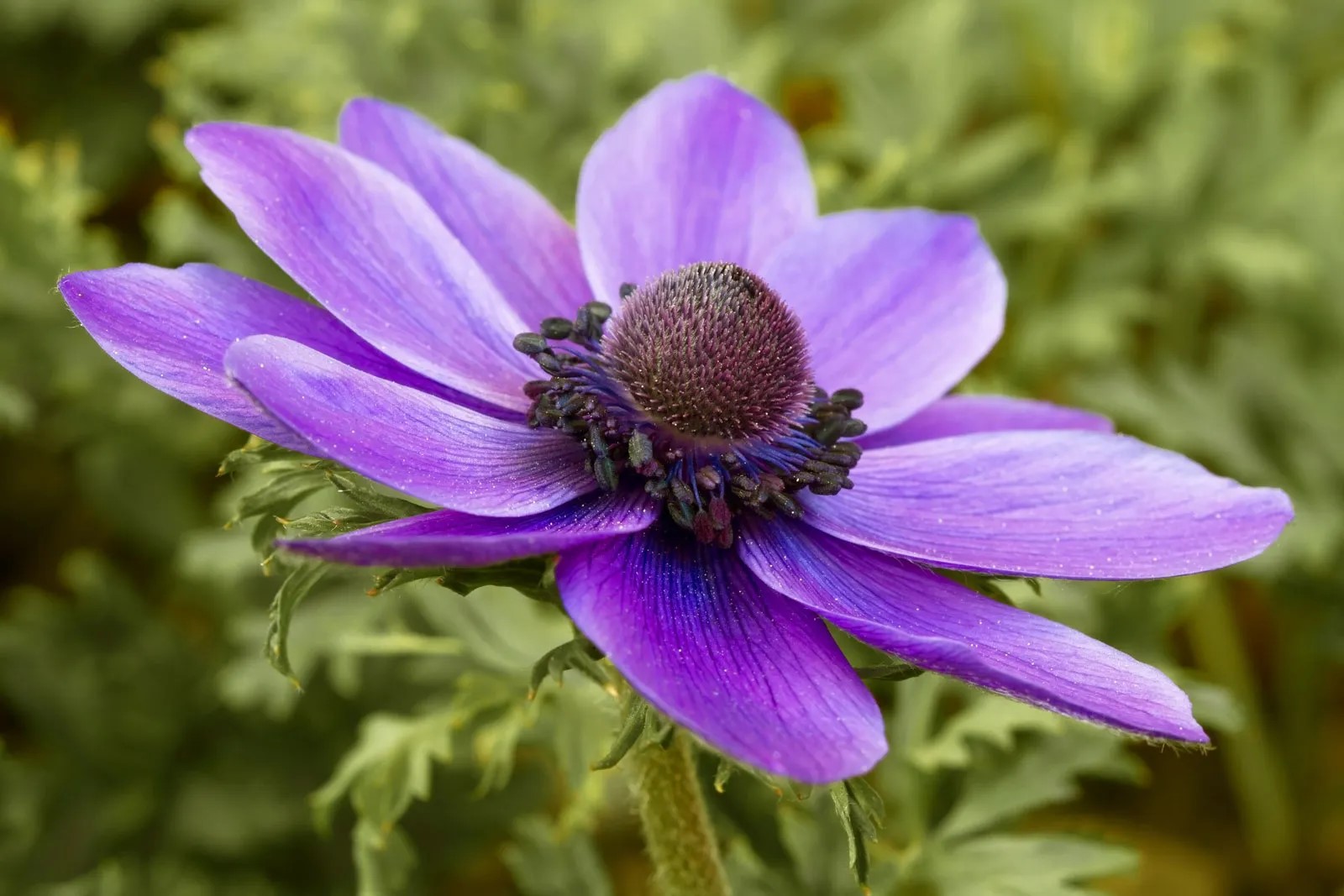
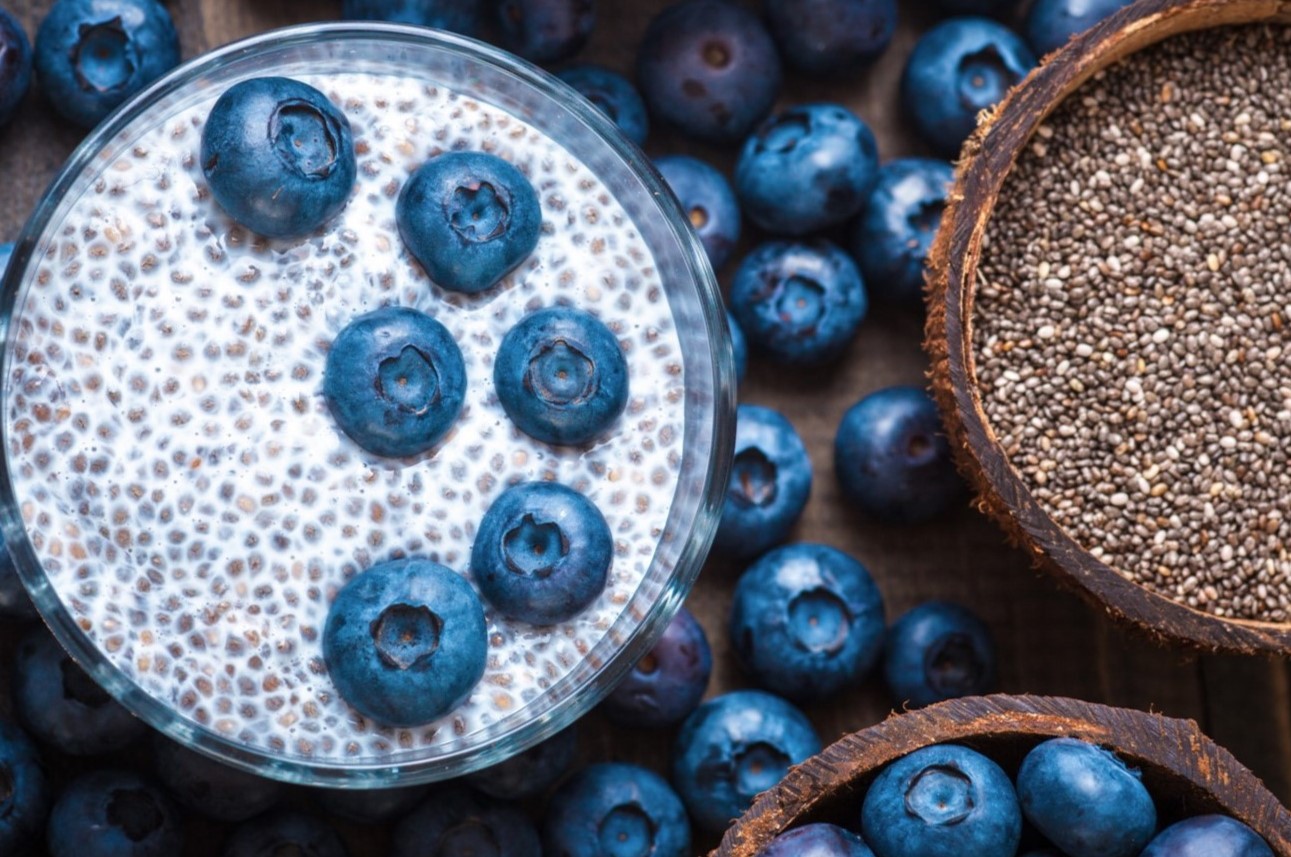
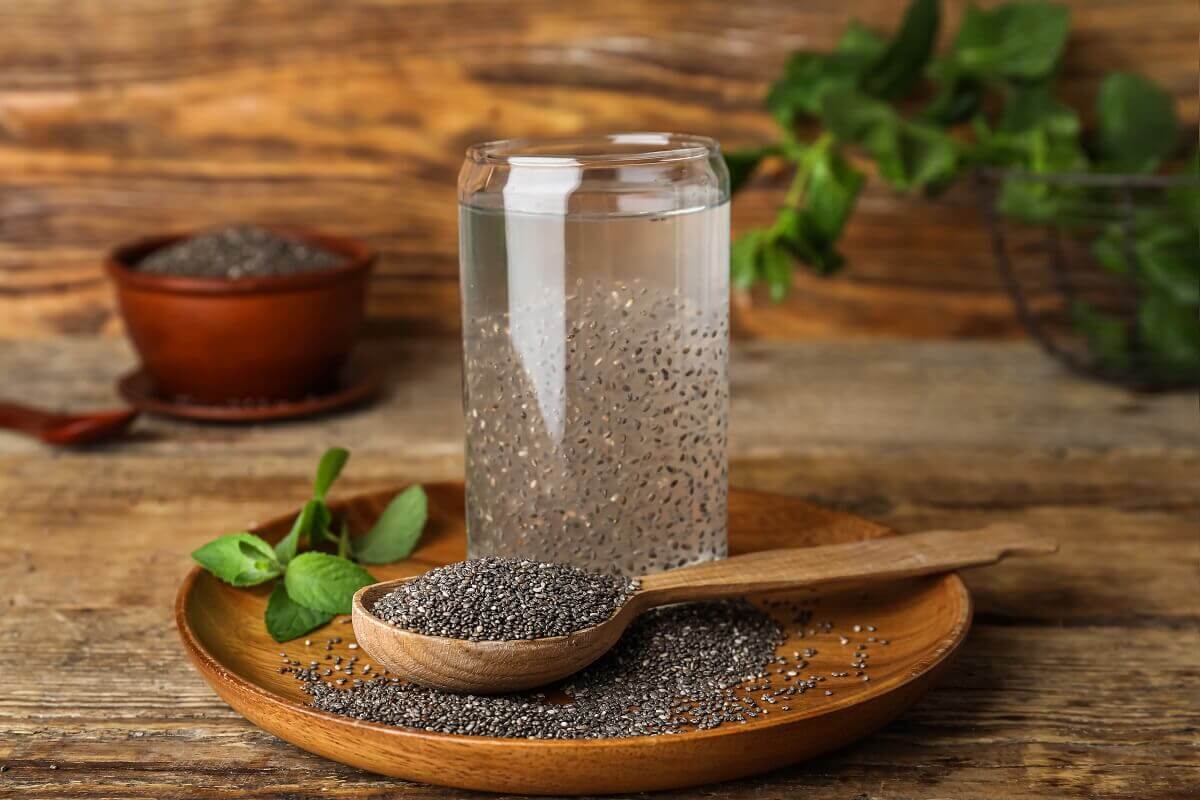
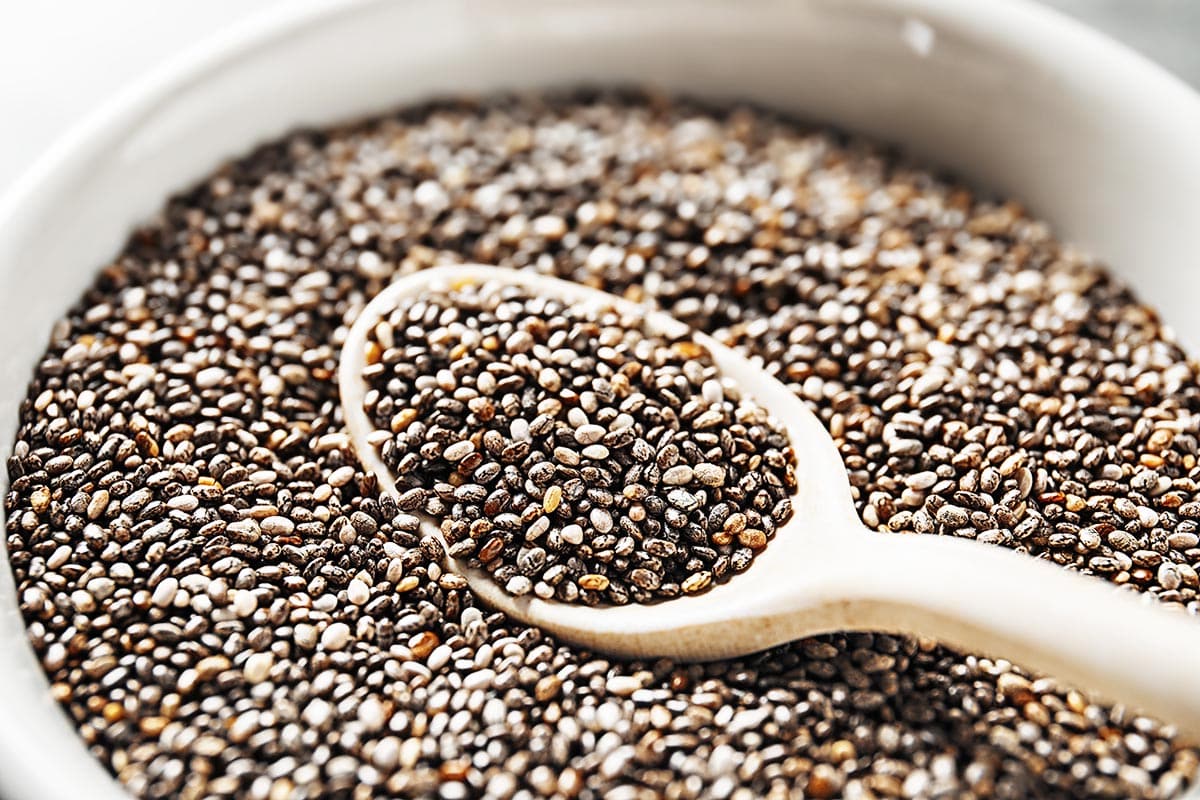



0 thoughts on “What Is The Difference Between Black And White Chia Seeds”